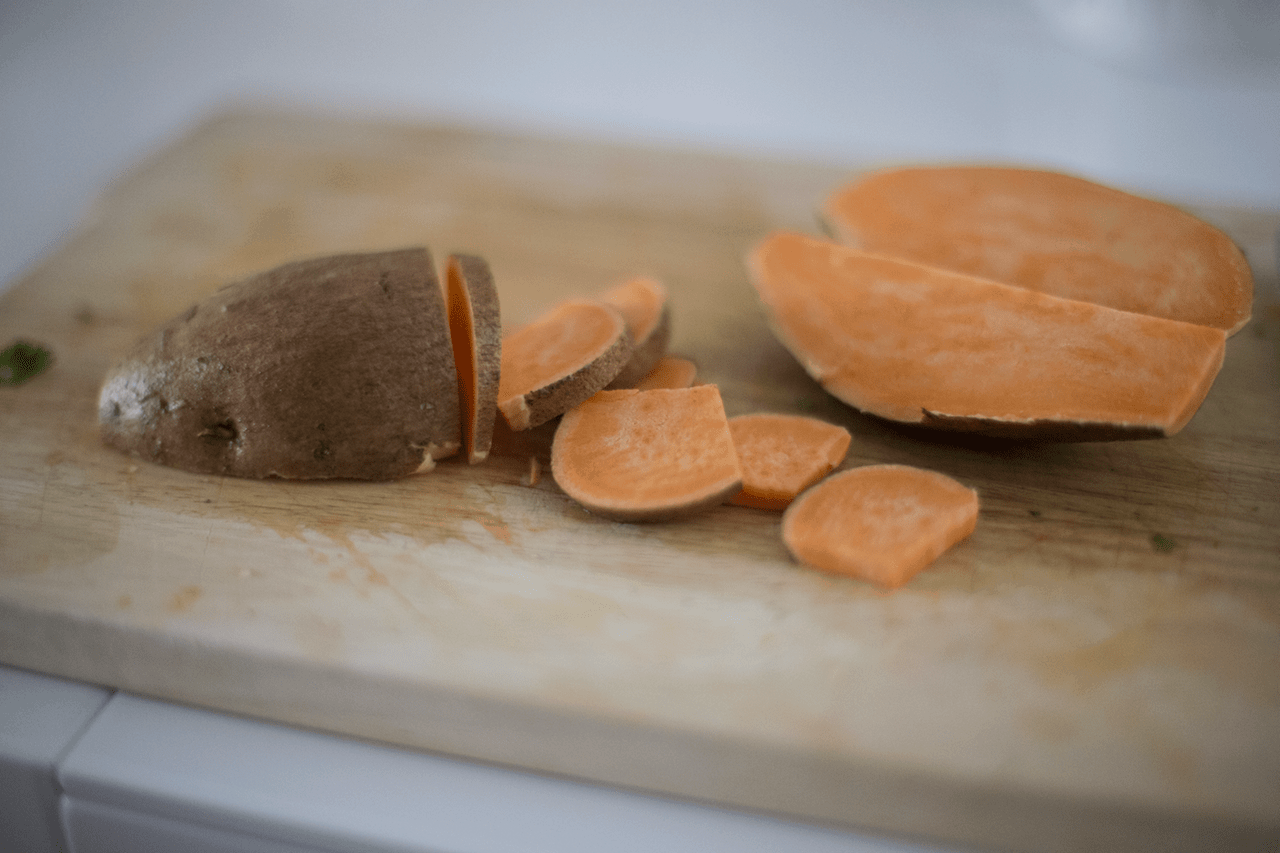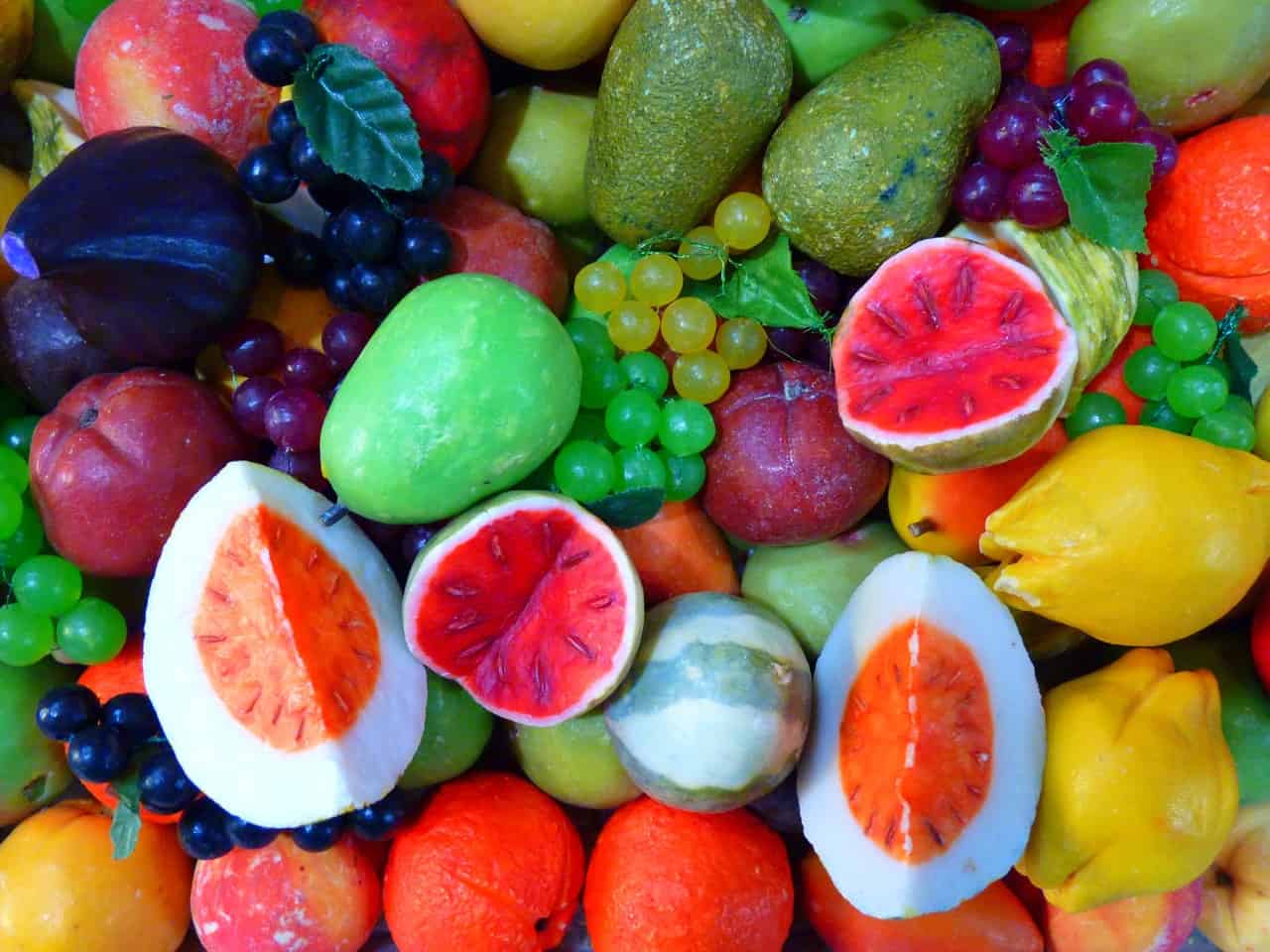Potassium is a mineral and electrolyte that assists in maintaining the appropriate pH levels of your body fluids. Proper pH levels of body fluids help your muscles to contract without pain, your heart to beat properly, and your brain functions to be at their peak. Hence, low levels of potassium can result in adverse impacts on your health.
According to research by the School of Medicine at Johns Hopkins University, low levels of potassium are associated with high levels of glucose and insulin. These traits are linked to both high blood pressure and diabetes. Hence, it is essential to consume potassium rich foods. Today, we focus on stabilizing blood sugar.
Here are 15 foods high in potassium to lower blood sugar level naturally:
1. Coconut Water
Coconut water is a well-known health drink. It is nutty and sweet but high in electrolytes and low in sugar. The body requires electrolytes for proper muscle and nerve function, hydration, and balancing pH.
One of these electrolytes is potassium, and consuming 240 grams of coconut water will offer 600 milligrams of potassium. This makes it one of the top foods high in potassium. Due to its rich content of electrolytes, coconut water is excellent for rehydrating after tedious exercise.
According to research, coconut water is more effective when compared to water, and this effectiveness matches that of sports drinks when it comes to rehydrating. Additionally, it leads to less nausea or stomach upset.
2. Salmon
Salmon is a very nutritious food. It is rich in omega-3 fats, high-quality protein, and numerous vitamins and minerals, especially potassium.
187 grams of salmon offers 683 milligrams of potassium. A diet comprising fatty fish is associated with multiple health benefits, like low risk of heart disease.
According to research, every 15 gram increase in fatty fish each day leads to a 6 percent decrease in the risk of chronic heart disease. The high potassium levels in salmon are significantly beneficial in maintaining a healthy heart.
3. Clams
Another great source of potassium is clams. 100 grams of clams offers 18 percent of the RDI. Clams also have high levels of other nutrients such as selenium, vitamin B12, and iron. They are also rich in high-quality proteins and omega-3 fats that are useful in combating inflammation and related infections.
4. Yogurt
Yogurt is an excellent source of potassium, riboflavin, and calcium. 245 grams of yogurt offers 11 percent of potassium’s RDI.
Since yogurt is a fermented food, it has bacteria that is useful to the health of the gut. Research also shows that yogurt is essential in controlling your appetite and maintaining your weight.
When shopping for yogurt, the best is the plain variety, since those that are fruit-flavored have a lot of sugar. In case plain yogurt is too tart for you, sweeten it with honey, nuts, or fresh fruit.
5. Avocados
Avocados are very nutritious, unique, and tasty. They are rich in monounsaturated fats that are healthy for your heart. They also have lots of fiber, vitamin B6, pantothenic acid, folate, vitamin C, antioxidants, and vitamin K.
Avocados are high in potassium, such that a medium-sized one offers 20 percent of the RDI for potassium. This makes avocados an easy option for meeting your nutrient requirements.
The high content of potassium, fiber, healthy fats, and antioxidants in avocados is responsible for their positive impacts on health. Research has revealed that avocados are essential to a healthy metabolism, weight management, and heart health.
6. Bananas
Bananas are a great source of potassium. A medium banana offers 12 percent of potassium’s RDI. Additionally, this delicious fruit has high levels of antioxidants, fiber, magnesium, manganese, vitamin B6, and vitamin C.
Ripe bananas have more sugar content than most fruits. But, green bananas are rich in resistant starch and low in sugar that may improve gut health and control blood sugar. Green bananas could also help to treat diarrhea.
7. Oranges and Orange Juice
Citrus fruits, especially oranges, are famous for being rich in vitamin C. However, they are also among foods high in potassium. A cup of orange juice offers 11 percent of the RDI for potassium.
Oranges are also high in antioxidants, thiamine, folate, and vitamin A. According to research, regular consumption of orange juice aids in meeting mineral and vitamin requirements as well as following a healthier diet. They also aid in preventing metabolic syndrome and obesity.
The high levels of antioxidants present in oranges aid in arming the body to combat heart diseases, inflammation, and free radicals. Together with potassium, vitamin D and calcium available in fortified orange juice may assist in improving the health of your bones. As compared to oranges, orange juice contains low fiber and high sugar amounts. Hence, it is better to stick to oranges for your potassium needs.
8. Tomato Sauce
Tomatoes and products like tomato sauce are part of the potassium rich foods, and 244 grams of tomato sauce has 17 percent of the RDI. Tomatoes are also rich in other minerals and vitamins like vitamins B6, E, A, C, and copper.
Moreover, tomatoes have essential plant compounds such as lycopene that aid in combating inflammation and decreasing the likelihood of getting prostate cancer. Research has also proved tomato’s ability to improve insulin resistance and blood vessel dysfunction along with an increase in good cholesterol and decrease in bad ones.
9. Swiss Chard
Swiss chard refers to a leafy green vegetable consisting of yellow and red stalks. It is one of the foods high in potassium; 175 grams of Swiss chard has 21 percent of the RDI.
In addition to potassium, the vegetable has 214 percent of vitamin A’s RDI and 716 percent of vitamin K’s RDI. It also has significant amounts of fiber, manganese, vitamin C, magnesium, and iron. Similar to other vegetables, Swiss chard is rich in antioxidants that assist you in protecting your cells.
10. Spinach
Spinach is a very nutritious vegetable that is among the potassium rich foods. 180 grams of prepared spinach offers 18 percent of potassium’s RDI. It also offers almost four times vitamin A’s RDI, ten times vitamin K’s RDI, about 90 percent of manganese’ RDI, and 30 percent of calcium’s RDI.
These nutrients are essential to your immune system, bone health, metabolism, and vision health. Spinach is also rich in antioxidants to aid the health of your cells.
11. Parsnips
Parsnips refer to white root vegetables that resemble carrots. 156 grams of the vegetable offer 12 percent of potassium’s RDI.
Parsnips also provide high levels of folate and vitamin C that are crucial for cell division, prevention of congenital disabilities, and tissue and skin health. Additionally, they have soluble fiber that assists in lowering levels of cholesterol.
12. Beets
Beets refer to a root vegetable that features a deep red color and a naturally sweet flavor. It is one of the potassium rich foods. 170 grams of beets has 11 percent of potassium’s RDI. The potassium aids to decrease heart disease risk and improve blood vessel function.
Beets also have high levels of manganese and folate. The pigment responsible for the deep red color is an antioxidant that fights inflammation and oxidative damage. Beets are rich in nitrates that improve exercise performance, blood vessel function, and high blood pressure.
13. Sweet Potatoes and Potatoes
White potatoes might not be the best nutrient-dense vegetables, but they are one of the most abundant sources of potassium. 299 grams of potatoes offer you 34 percent of potassium’s RDI.
While the majority of the potassium is present in the flesh, about 33 percent is present in the skin. Therefore, eating unpeeled potatoes offers most of this mineral.

Sweet potatoes are also among foods high in potassium. 180 grams of sweet potato offers 18 percent of potassium’s RDI. In addition to potassium, sweet potatoes and potatoes have high levels of manganese, vitamin B6, and vitamin C. 100 grams of sweet potatoes have almost four times vitamin A’s RDI.
14. White Beans
Lentils and beans are both excellent foods high in potassium. White beans are a top potassium source such that 179 grams of white beans offer 18 percent of potassium’s RDI. White beans also have manganese, magnesium, folate, iron, and thiamine.
Moreover, 179 grams of white beans offer 75 percent of fiber’s RDI. They are also rich in high-quality protein. The high antioxidant and fiber content aid in reducing the risk of diabetes and heart disease, improving colon health, and decreasing inflammation.
Research has proven that increasing the intake of potassium by 35 percent of the RDI each day reduces your risk of getting a stroke by 21 percent.
15. Prunes
Prune juice is another food high in potassium. A half a cup of prune juice offers 400 milligrams of potassium. Regular consumption of prunes can aid in improving the health of your bones. Prunes also have antioxidants for cell health and fiber to relieve constipation. Additionally, they have a lot of magnesium.
Conclusion
You don’t need to consume all these potassium rich foods to have sufficient potassium levels in your body. Consume a good combination of a number of these foods and spread them throughout your diet to ensure your blood sugar levels are low and you enjoy your diet as well.
https://www.youtube.com/watch?v=KKB0jThAfnQ

















